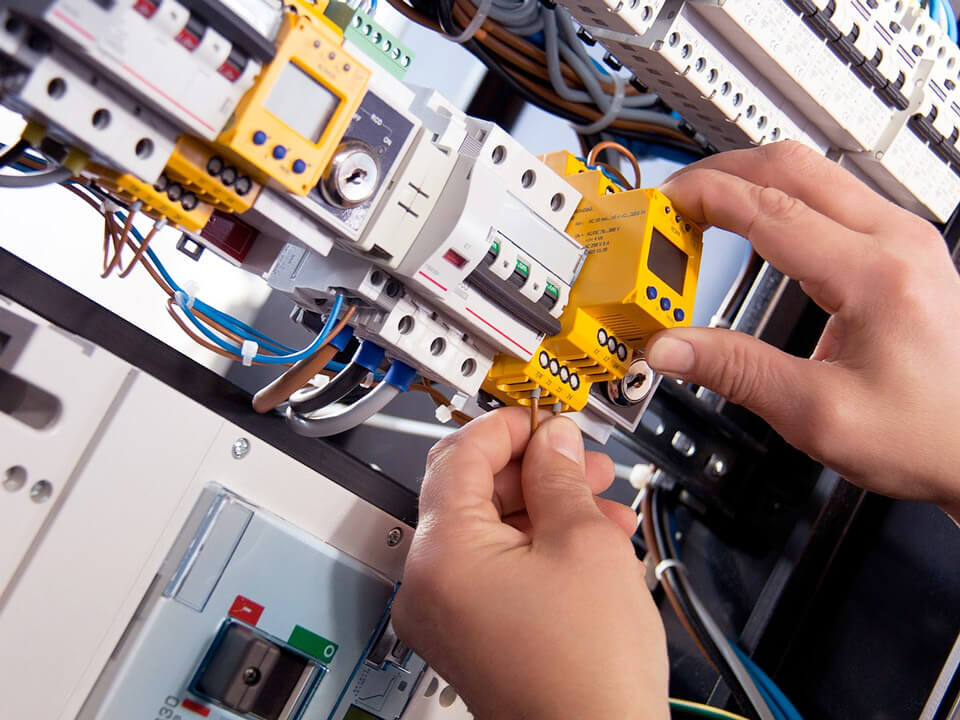Electrical Safety
Working with and around electricity can be an extremely dangerous thing to do.
We need to acknowledge that in terms of the safety of the individuals, there is a difference between the activities that should be taking place prior to working, such as gaining permission for permits, for example, compared to the activities that are totally critical in terms of preventing accidents and fatalities.
 Communication is a key part of this equation. It must be known by all staff responsible for working with electricity, that there are no reasonable circumstances in which you should be working on live equipment.
Communication is a key part of this equation. It must be known by all staff responsible for working with electricity, that there are no reasonable circumstances in which you should be working on live equipment.
In creating the ALIVE message, we are distinguishing between good working practice, such as completing a risk assessment, and shining a spotlight on the five vital steps absolutely must be carried out for your own protection and prevention of loss of life.
ALIVE
ALIVE, the five fail-proof steps to a safe isolation,
A = approved kit
Before starting, make sure your equipment meets all legal safety standards.
L = lock out
Identify the point of isolation, lock it off and place warning tags onto the equipment.
I = initial proof
Test your voltage indicator against the approving unit to make sure that it’s working properly.
V = voltage test
Use your voltage indicator to confirm that there are no dangerous voltages in the circuit you are about to work on.
E = ensure
Prove and retest the voltage indicator against the approving unit to ensure it is working before you start working on any circuits.
Even if you follow this advice and bearing in mind that voltage indicators are designed to inherent reliability, you can a 100% guarantee that your voltage indicator is working correctly every time. Can you?
It only needs to fail once for the consequences to be potentially disastrous. Never forget that 16% of deaths in the workplace are linked to electricity.
For maximum safety, it is vital to verify the performance of your voltage indicator. It’s as important as confirming that the appliance or circuit being tested is dead, and there is no possibility of becoming live while you’re working. If you use a battery-powered voltage indicator, then proving that the unit is working, could be the battery is not flat, couldn’t be more important.
Essentially proving that the unit is a portable device that serves the voltage source designed specifically to verify voltage indicators are working correctly. Approving a device that’s been designed to guarantee a live working source wherever you are, wherever you’re working, with no need to leave a working area is considered safe. Providing you a very quick and easy to use. As an added tip, during testing of your voltage indicator it is recommended to flex the voltage indicator cable along its length, particularly at the entry point of the handheld elements to confirm that the cable has not been fractured in any way. It is advisable to use a dedicated unit matched to the voltage indicator in order to fully test that the LEDs on all ranges of the voltage indicator are working, safeguarding against incorrect readings due to a faulty LED, for example.
As you are aware electricity can KILL, don’t take any chances. Update your risk assessments as required and use your PPE as directed.
If you need any further support please contact us today on 07770 302504 or email joanne@chestnutassociates.co.uk


